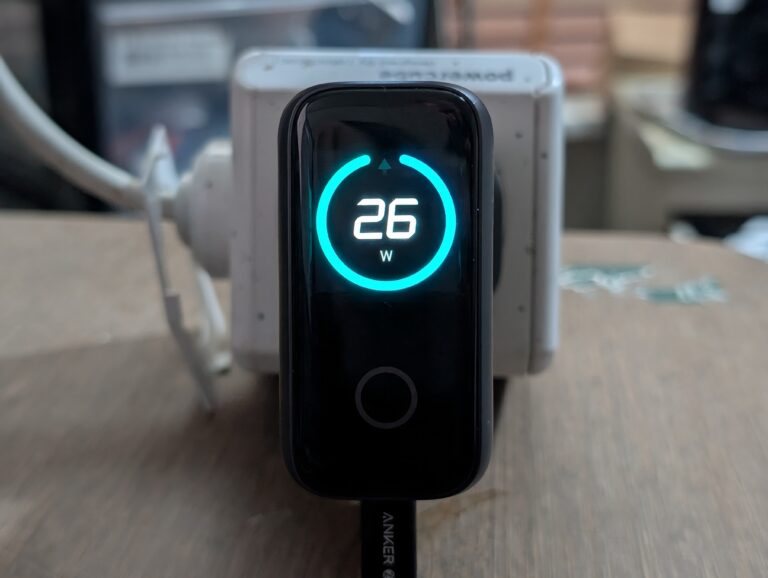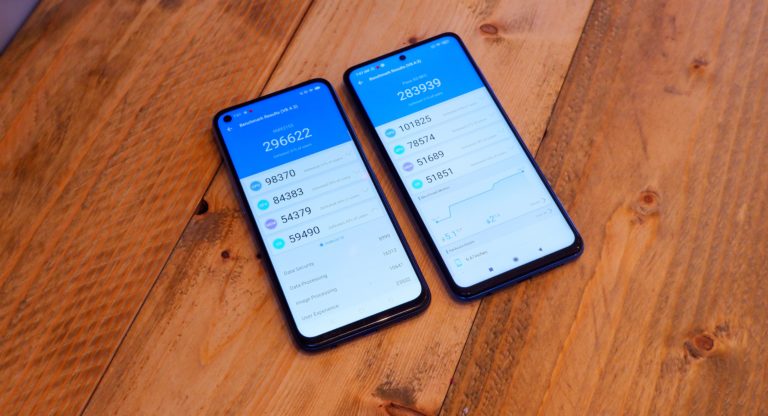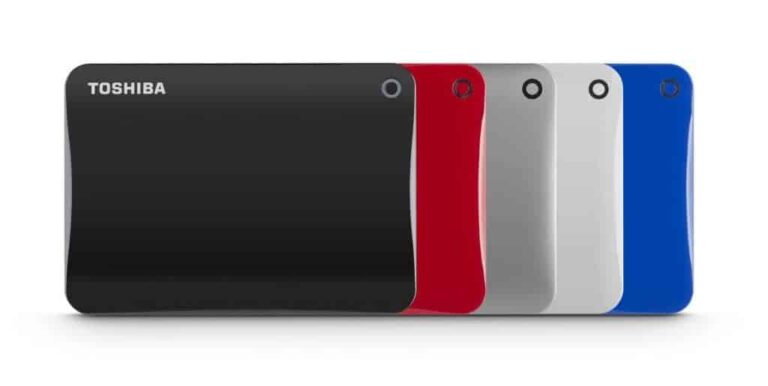Any links to online stores should be assumed to be affiliates. The company or PR agency provides all or most review samples. They have no control over my content, and I provide my honest opinion.
Announced around 15 months ago, the Qualcomm Snapdragon 765G is starting to show its age. The Arm Cortex A76 cores are now two generations behind the Cortex A78 and X1 found on the latest flagship Qualcomm Snapdragon 888. Then the lower-priced Snapdragon 750G offers superior performance in many benchmarks thanks to its use of the A77 cores.
Early leaks indicated that Qualcomm would announce the Snapdragon 775G in Q1 2021, so by the end of this month. Then a more recent leak confirms various specs of the chipset.
Unfortunately, some key specs are missing, specifically, the exact CPU and GPU specification, which is arguably the most important bit.
CPU & Fabrication Process
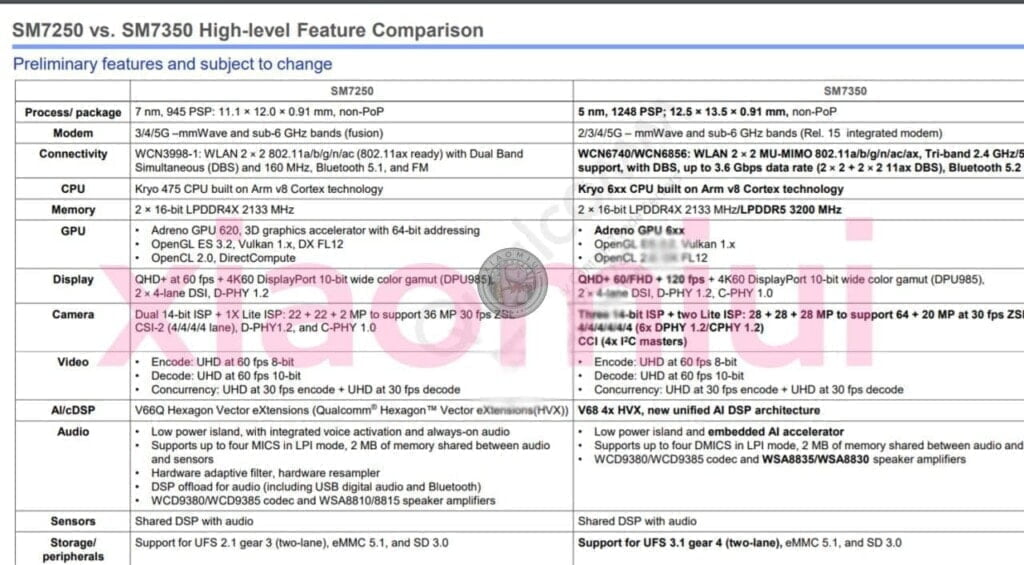
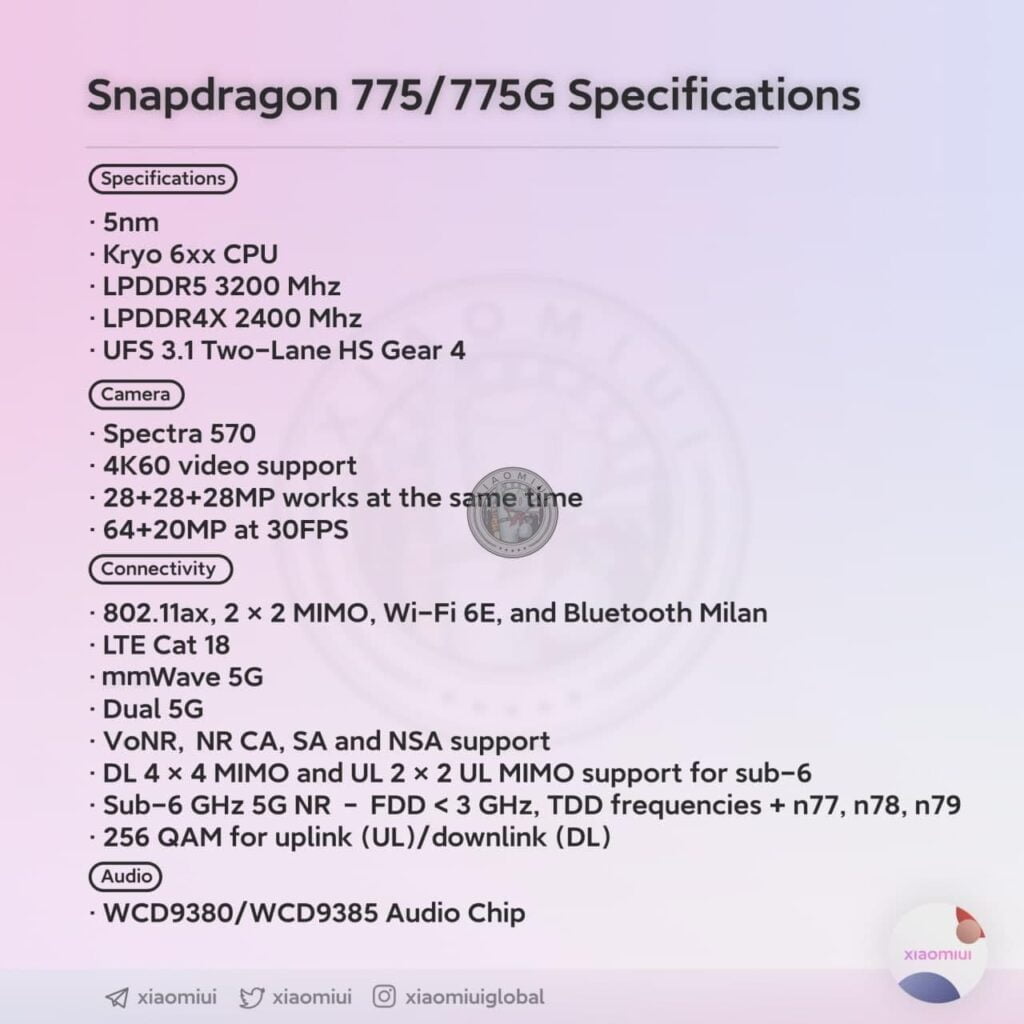
The leaked spec sheet confirms that the new Snapdragon 775G will adopt the same 5nm fabrication process as the SD888 going down from 7nm used on the SD765G
It reveals the CPU will be a Kryo 6xx. This doesn’t really reveal anything, the SD888 uses Kryo 680 (A78/X1), the SD765G uses Kryo 475 (A76), while the SD750G uses Kryo 570 (A77).
It is reasonably to assume the Snapdragon 775G will use a 2×6 CPU design with the two performance cores being Arm Cortex A78 with the remaining six low powered cores being A55. This should give the SD775G a big bump in performance vs the SD765G and the more recent SD750G.
GPU
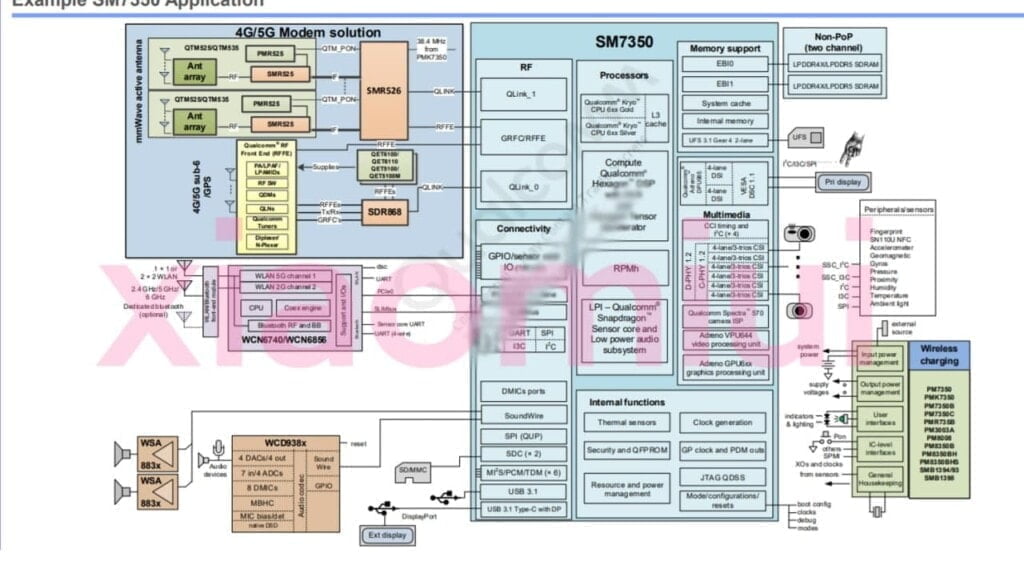
We know even less about the GPU, though the Adreno product number never reveals a great deal about the performance. The SD888 has an Adreno 660, while the SD76G uses the Adreno 620.
Very early Antutu leaks claimed a score of around 530,000 while the SD765G on the OPPO Reno4 Pro achieves a score of 321734. So potentially a 65% improvement, but I’d take that with a pinch of salt.
Camera
The new Spectra 570 ISP has support for 4K60 video recording and three 28MP sensors working at the same time, as well as 64+20MP at 30fps.
The older Spectra 355 on the Snapdragon 765G is a dual 14-bit ISP which can handle 22 MP dual camera @ 30 FPS with Zero Shutter Lag
Connectivity
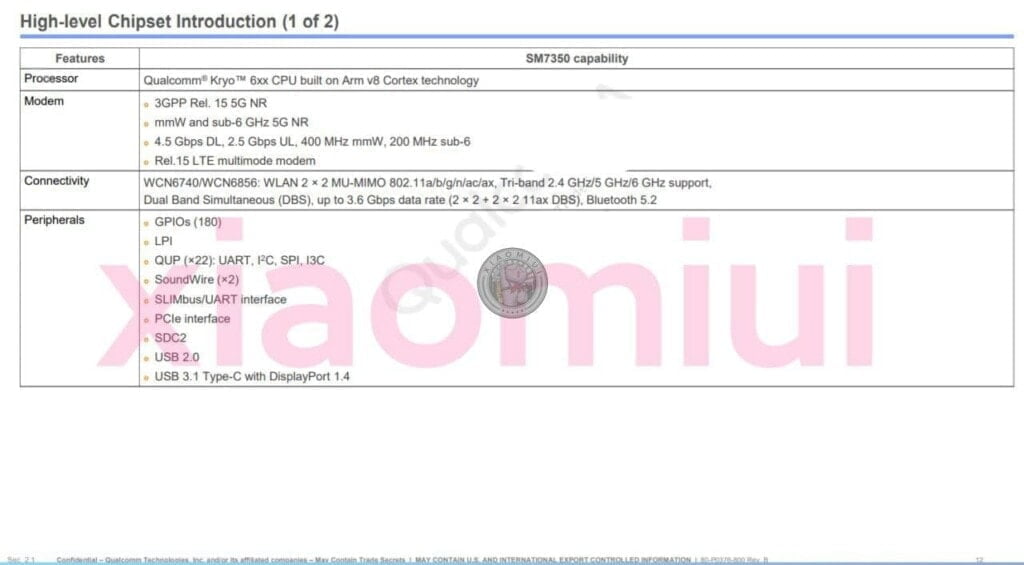
The new SD775G will support Wi-Fi 6E with 2×2 MIMO offering a tri-band radio allowing you to use the new 6Ghz frequency. Bluetooth gets
The SD765G supports Wi-Fi 6 with 2×2 MIMO, but almost no phones offer this. The ZTE Axon 11 5G is the only phone I can find referencing Wi-Fi 6 within the spec.
The SD775G will bump up the Bluetooth to 5.2, from 5.1.
For mobile connectivity you get, LTE Cat.18, Dual 5G, mmWave 5G, SA and NSA support, VoNR and NR CA, supporting 4×4 MIMO on the downlink and 2×2 MIMO on the uplink for Sub-6 5G. Sub-6 will work with FDD under 3 GHz and TDD in bands n77, n78, and n79.
Overall
The Snapdragon 765G was a fantastic chipset when it launched. If you don’t game or do other very demanding tasks, there is little need for a flagship chipset nowadays. This has therefore led some companies like Google and OPPO to offer a premium mid-range alternative avoiding you having to fork out a grand on a new phone. The Qualcomm Snapdragon 775G looks set to continue to blur the links between mid-range and flagship further.
The world is a very different place since the SD765G launch; this year, more people will be looking at more affordable alternatives than ever. We have even seen the flagship Samsung Galaxy S21 reduce its price rather than follow the trend of increasing it. So I think phones equipped with the SD775G are going to be in a very good position this year.
However, Qualcomm also have a lot more competition this year; Mediatek is introducing many new Dimensity chipsets, all of which offer a more attractive price point than the Qualcomm equivalents.
Images via xiaomiui.net Telegram channel
I am James, a UK-based tech enthusiast and the Editor and Owner of Mighty Gadget, which I’ve proudly run since 2007. Passionate about all things technology, my expertise spans from computers and networking to mobile, wearables, and smart home devices.
As a fitness fanatic who loves running and cycling, I also have a keen interest in fitness-related technology, and I take every opportunity to cover this niche on my blog. My diverse interests allow me to bring a unique perspective to tech blogging, merging lifestyle, fitness, and the latest tech trends.
In my academic pursuits, I earned a BSc in Information Systems Design from UCLAN, before advancing my learning with a Master’s Degree in Computing. This advanced study also included Cisco CCNA accreditation, further demonstrating my commitment to understanding and staying ahead of the technology curve.
I’m proud to share that Vuelio has consistently ranked Mighty Gadget as one of the top technology blogs in the UK. With my dedication to technology and drive to share my insights, I aim to continue providing my readers with engaging and informative content.



